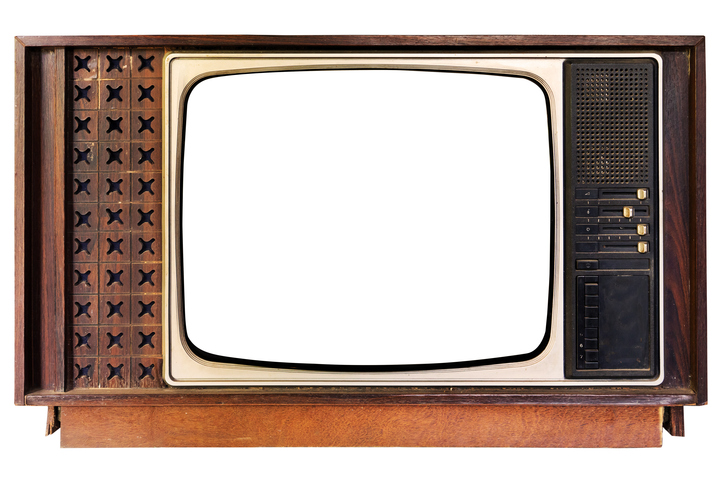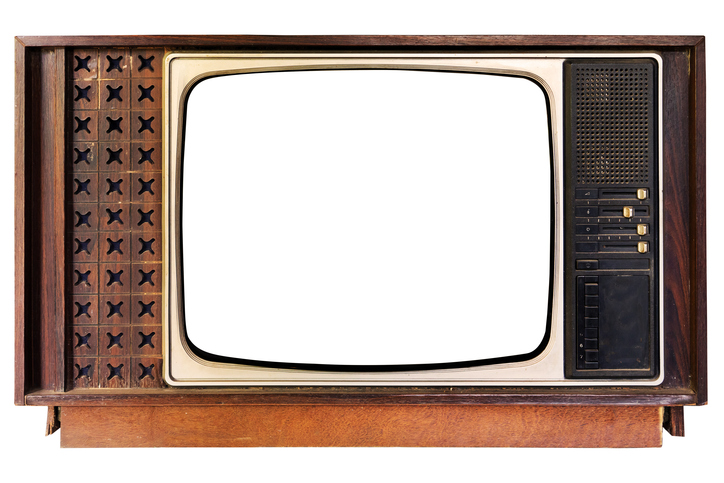The history of TV shows doesn’t start with the 1950s—that’s just when most Americans got their first TV set. Over in England, and in small and experimental broadcasts in the U.S, television was on in the air in the 1930s. Here are some of the first (and oddest) TV shows ever, long before I Love Lucy.
The Man with the Flower in His Mouth
The first dramatic program broadcast in the U.K. was this adaptation of a 1922 play by Italian writer Luigi Pirandello. It’s a short play of about 30 minutes that consists of a conversation between two men in a bar—one is dying, and the other is superficial.
Hints for Swimmers
In 1931, New York City experimental station W2XAB (which later became the first CBS affiliate in the U.S.) broadcast 28 hours of programming a week. One of its shows was this straightforwardly titled offering that gave viewers tips on how to swim better. (And it aired at 10:15 p.m.—primetime!)
The Television Ghost
Running for nearly two years on W2XAB was this 15-minute show literally about ghost stories. An actor, wearing white makeup and with a white towel over his head to look like a ghost, would play the spirit of a murder victim who would tell the story of his own demise. The camera stayed fixed on the head of the “ghost” for the entirety of the program.
Television Today
This summer of 1931 show featured Associated Press’s radio editor, Charles E. Butterfield, delivering educational lectures.
The Disorderly Room
It’s one of the first TV sitcoms, but it didn’t feature recurring characters doing different things each week. Rather, the same short comic play was broadcast in the U.K.—live, because recording technology didn’t exist—multiple times between 1937 and 1939. (The plot: Misbehaving army officers are reprimanded to the tune of well-known songs.)
Picture Page
This British series was among the first magazine-style programs, which included celebrity interviews, news reporting, and human interest stories. For some reason, the show’s framing device was an actress who played a telephone operator who would plug in wires to a switchboard to load up each segment of the show. It debuted in the early days of TV in 1936, and, taking a few years off for World War II, lasted all the way until 1952.









